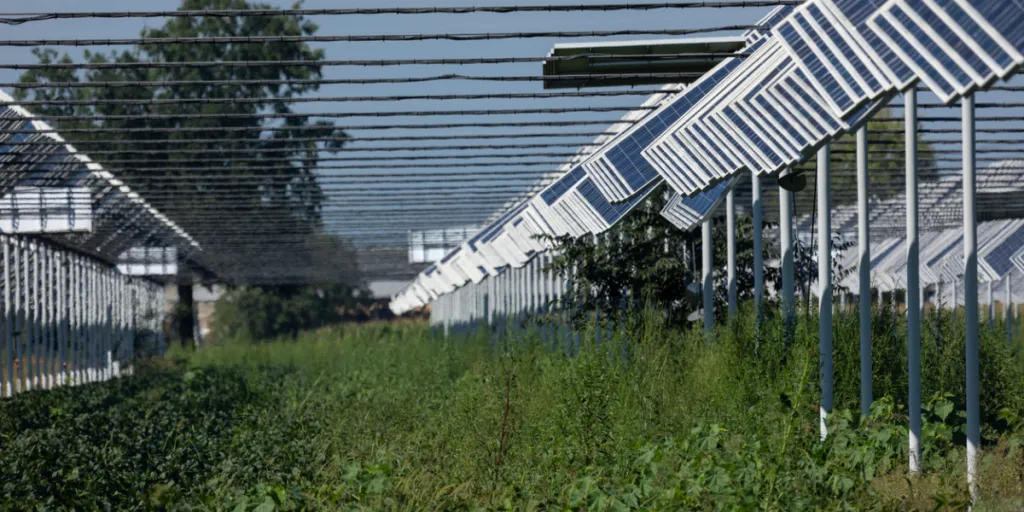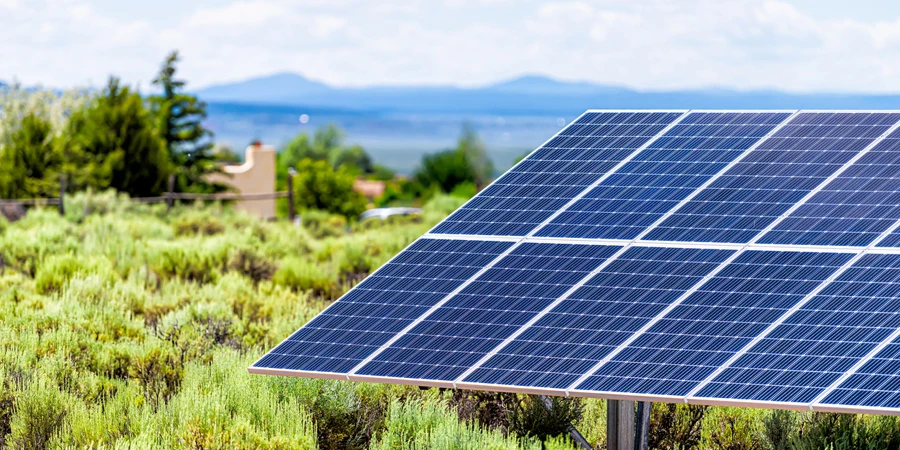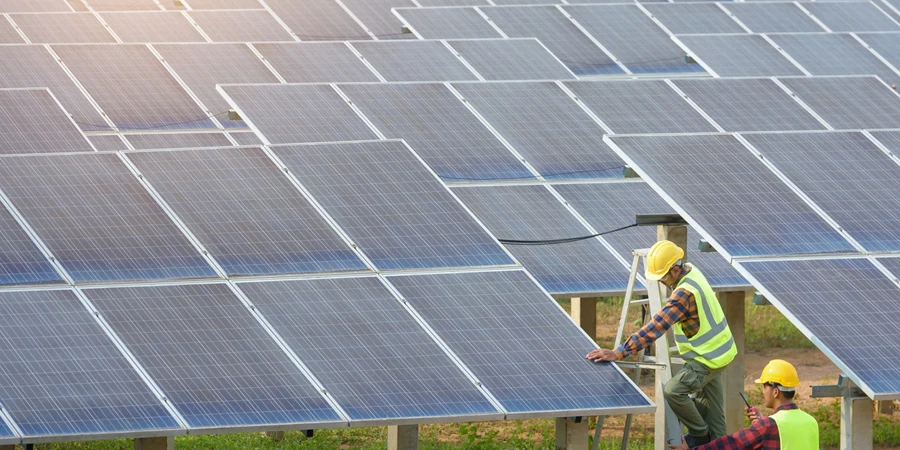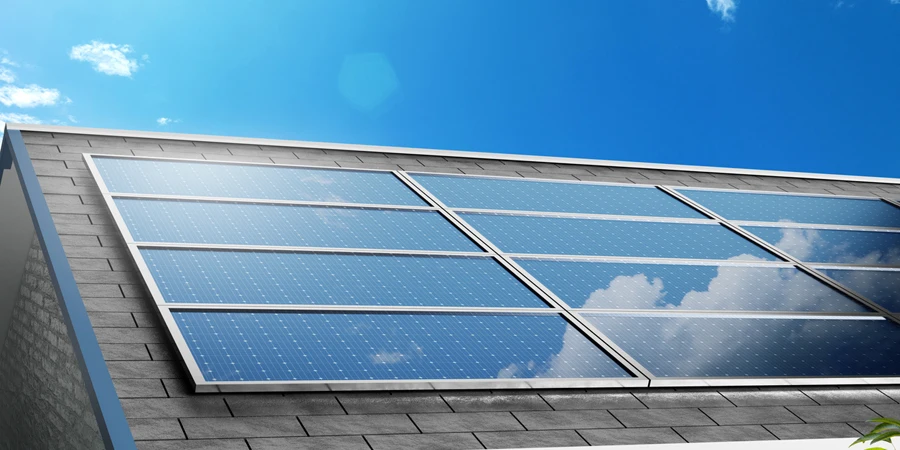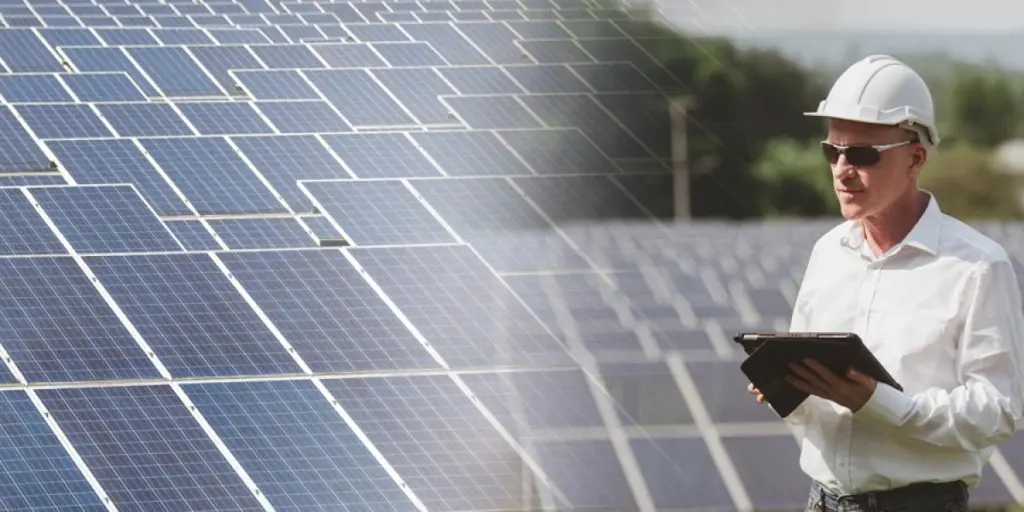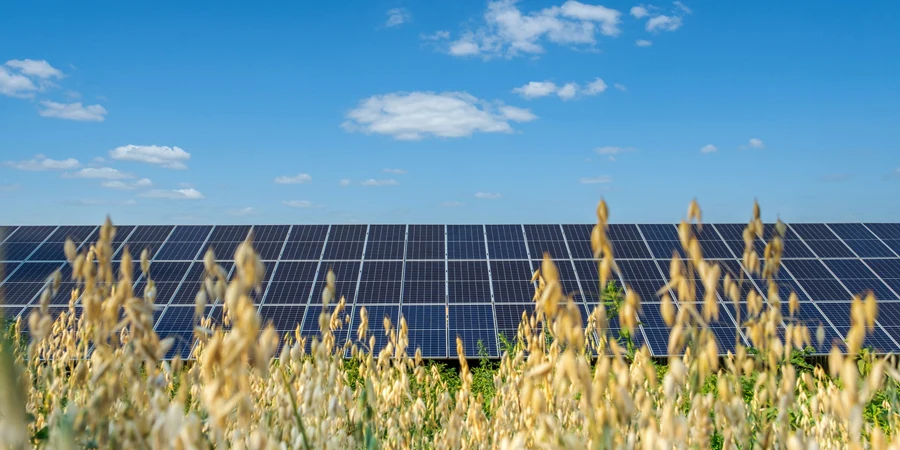- Aarhus University researchers believe Europe carries a potential to install 51 TW agrivoltaic capacity
- It found vertical and single-axis tracking as leading to more uniform irradiance on the ground
- Southern and eastern Europe offer higher potential for APV systems over the rest of the continent
New research from Aarhus University of Denmark concludes that Europe’s agrivoltaics (APV) potential is as high as 51 TW. While some countries offer better conditions than others, the total potential capacity could generate 71,500 TWh per year, 25 times higher than the continent’s current electricity demand.
Taking a location in Denmark as a case study and extrapolating the same to the rest of Europe, the researchers worked with a target of maintaining at least 80% of the land suitable for crops. In this case, they explain, for the high-radiation demand crops, the annual electricity yield for the tilt and bifacial vertical configurations is similar and limited to 30 kWh/m2, corresponding to a capacity density of around 30 W/m2.
Analyses of 3 different agrivoltaic configurations – static with optimal tilt, vertically mounted bifacial and single-axis horizontal tracking – found vertical and single-axis tracking as producing more uniform irradiance on the ground.
Research also determined arable land, permanent crops and pastures as agricultural areas most suitable for APV installations. Eligible land area for APV in Europe is counted as 1.7 million km2. Land area currently used for fruit trees can suit static tilt APV installations as these can protect trees from heavy rainfall or hail. Total available land in Europe for fruit trees corresponds to around 29,000 km2.
The APV potential varies from country to country with some regions offering high potential as Ireland with 63.9% eligible area and Hungary with 58.6%; others have lower percentage potential ranging between 1% to 9%, reads the analysis.
Overall, the Aarhus team found southern and eastern Europe as more suitable for APV systems.
“Furthermore, the eligible areas for APVs in Europe are determined using the Corine Land Cover database, and applying constraints like distance to forests, settlements, and roads, while ensuring that the area is on land that already is used for agriculture,” explain the researchers. “This analysis shows that the eligible area is distributed quite unevenly across Europe, with some countries (e.g., Norway) having as little as 1% of their total area suitable for APVs, while in others this percentage is as high as 53% (e.g., Denmark).”
Combining PV systems with some part of the 37% land used for agriculture globally at present will untap a large potential for sustainable generation of electricity. This sustainable food-energy cooperation could also add biological reservoirs thereby help preserve terrestrial ecosystems and biodiversity, they add.
The research titled Comparative analysis of photovoltaic configurations for agrivoltaic systems in Europe was published in Progress in Photovoltaics.
Recently, SolarPower Europe launched the Agrisolar Best Practices Report to enable sustainable agrivoltaic practices for all stakeholders.
Source from Taiyang News
The information set forth above is provided by Taiyang News independently of Alibaba.com. Alibaba.com makes no representation and warranties as to the quality and reliability of the seller and products.
